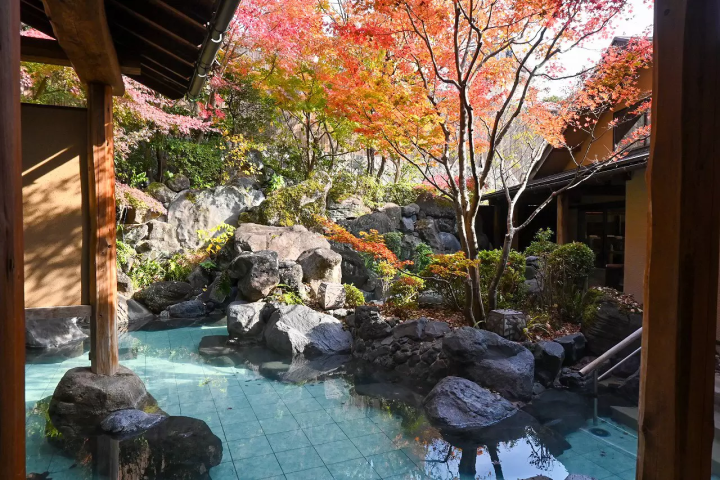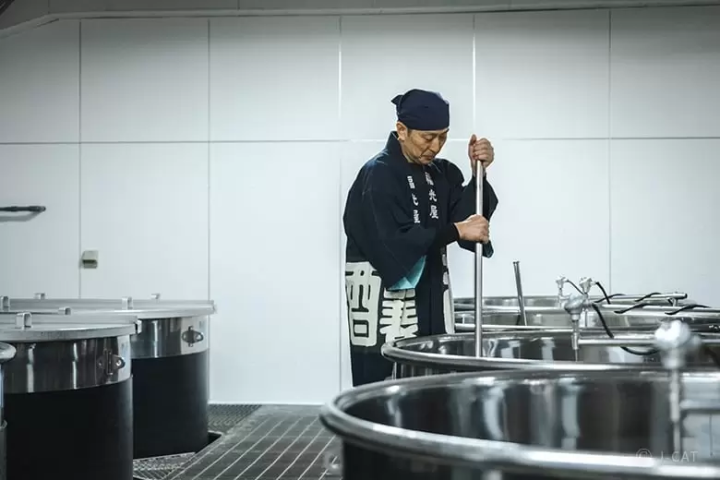A Temple With A Planetarium? Shoganji Temple, Tokyo

Shoganji in Tokyo's Katsushika ward is a very unique temple. The statues of a lion and a dinosaur are guarding the temple grounds. The greatest appeal of this temple is however its planetarium!
Shoganji in the Tateishi area of Katsushika ward, Tokyo, is a very unique temple. There are illustrations of cats and whales on the outside, as well as lion and dinosaur-type komainu within the grounds.
Its greatest characteristic and appeal is the attached Plantetarium Gingaza (Planetarium Theater Galaxy). Shoganji is the world's first temple with a planetarium.
Look For a Rocket When Heading to Shoganji

Walking from Aoto Station of the Keisei Main Line toward the direction of Tateishi Station, a building with a rocket stuck to the outside will come into view. This, which certainly doesn't look like a temple at a glance, is Shoganji Temple, the temple in which Planetarium Gigaza is located.
Wall Paintings of Cats and Whales Welcome Visitors
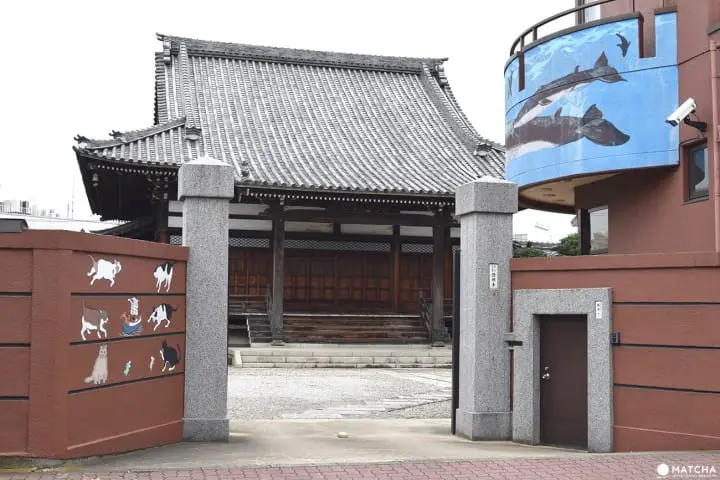
Visitors will find paintings of cats and whales at the front of the temple. The whales are symbolizing the power of nature. The designs may look strange, but actually everything has a meaning.
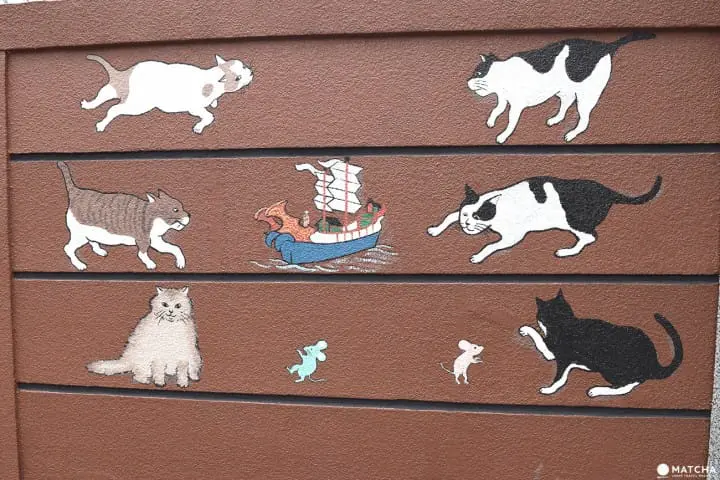
A painting with cats surrounding a ship can be found on the outer wall of the temple. The ship in the middle is a kentoshi ship (*1). It is said that cats were kept on kentoshi ships to protect Buddhist scriptures from being damaged by mice. The painting indicates that cats were imported along with Buddhism from the mainland.
*1 Kentoshi ships: Ships that Japan sent to Tang (China) during the 7th-9th centuries. The purpose of these trips was to collect Tang's advanced technical documents and Buddhist scriptures.
A Lion and a Dinosaur Watch Over the Grounds as Komainu

At the entrance or in front of the main building of Japanese shrines and temples, stand komainu, who protect the gods or Buddha. Where one would usually find a komainu at other temples, visitors to Shoganji will find a lion and a dinosaur.

Shoganji has a lion instead of a komainu following the lead of India, the birthplace of Buddhism. This is because a lion statue is placed on top of Indian pagodas which enshrine the bones of Buddha.

The dinosaur on the other side is said to have been brought all the way here when a museum closed down. It is placed here with the wish that strong things will ward off evil.
Planetarium Within a Temple: Planetarium Gingaza
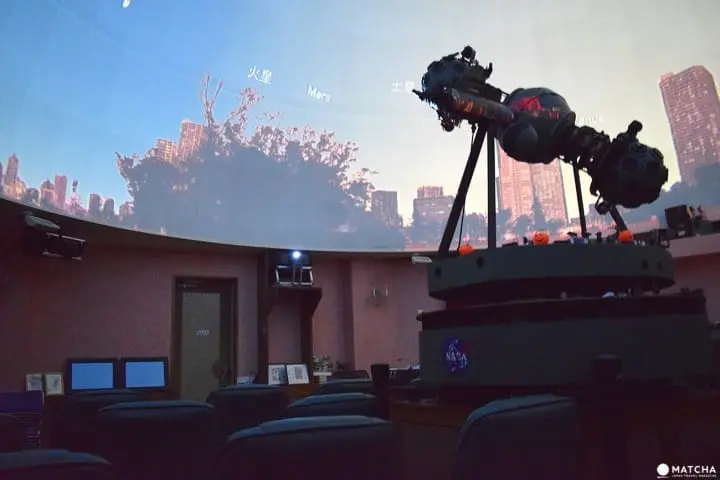
The Planetarium Gingaza, established in July of 1996, was originally installed to explain Buddhism in a fun way to danka (*2). Afterward, it was opened to the public twice a month, available for visiting with reservations only.
*2 Danka: Families that support temples financially in exchange for exclusive service such as funerals and other ceremonies. Followers of the temple's school.

The planetarium program is one hour long. There is a 30 minute basic overview of astronomy called "Digital Planetarium", followed by a 15 minute explanation about the stars by the curator, and an original program that changes each month lasting 15 minutes.
The "Digital Planetarium" is available in English, Italian, German, French, Romanian, and Russian.

The curator, Mr. Kasuga, is highly skilled in various languages. He can speak in Japanese, English, Italian, German, French, and Romanian, so explanations in these languages are available as well.
The names of the constellations of the planetarium are also available in Japanese, English, Chinese, Korean, and Thai.

When the planetarium is open to the public, the program is in Japanese. Because most of the visitors are Japanese, it may be difficult for all explanations to be done in each language, but they say you can contact them for information if you like.
How about enjoying this planetarium inside a temple? You will only find something like it here, and you will be in for an unforgettable experience.
89年生まれ、青森県出身。人の集まるところが大好きな庶民派ミーハーです。日本の日常を切り取っていければと!




































![[For beginners and debutants] Special feature on recommended ski resorts and ski tours!](https://resources.matcha-jp.com/resize/720x2000/2025/12/26-254120.webp)
